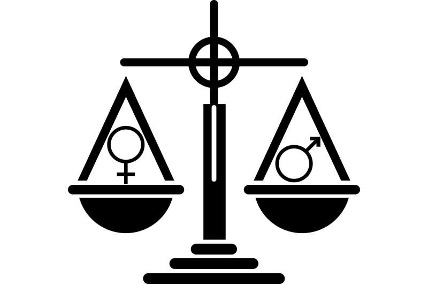Age of those with mismatched biological sex and gender identity (gender dysphoria) is falling, study finds
June 28, 2023
Source: drugdu
 498
498

The age of those who are distressed because of a mismatch between their biological sex and their gender identity—known as gender dysphoria—has been steadily falling, reveals research published in the open access journal General Psychiatry.
And it's lower for those assigned female sex at birth than those assigned male, the findings indicate.
Recent studies suggest that gender dysphoria is becoming more common, particularly among those assigned female sex at birth. But these studies have been hampered by small sample sizes, short monitoring periods, or outdated datasets.
In a bid to get round these limitations, the researchers drew on data submitted to the TriNetX database Research Network from 49 health care organizations between 30 April 2017 and 30 April 2022 inclusive.
This database holds the anonymized medical records of around 66 million people, most of whom (80%) live in the U.S..
The researchers focused on 42 million 4 to 65-year-olds, 66,078 of whom were diagnosed with gender dysphoria—equivalent to 155 people per 100,000 of the population.
Their average age was 26 (27 for those assigned female sex at birth; 30 for those assigned male sex). And they were more likely to have been assigned female sex at birth—58% vs. 55%.
The estimated prevalence of gender dysphoria rose significantly between 2017 and 2021, while the average age of those diagnosed with it fell from 31 in 2017 to 26 in 2021.
But the increasing trend of a gender dysphoria diagnosis among those assigned female sex at birth was significantly more rapid than that of those assigned male sex at birth, before the age of 22.
The estimated prevalence of gender dysphoria among those assigned female sex at birth rose sharply at the age of 11, peaked between the ages of 17 and 19, and then fell below that of those assigned male sex at birth, by the age of 22.
This compares with the estimated prevalence of gender dysphoria among those assigned male sex at birth which started to increase at the age of 13, peaked at the age of 23, and then gradually decreased.
The timing of puberty might explain the different patterns of gender dysphoria by sex, suggest the researchers, as girls generally enter this before boys, and it's at puberty that young people tend to seek medical help for gender issues.
Social attitudes may also have a role, they add, with school-age masculine girls with gender dysphoria more likely to be accepted by their peers and feminine boys in the same situation more likely to face bullying and rejection.
As to the increase in the numbers of those with gender dysphoria, wider availability of specialist clinics and growing awareness and acceptance of gender diversity might explain these trends, the researchers suggest.
"Gender identity development heavily leans on social processes, including exploration and experimentation with external feedback. There is now increasing acceptance of gender-neutral pronouns and gender-non-congruent chosen names," they write.
But the researchers acknowledge that only 20% of participants came from countries other than the U.S., which may limit the wider applicability of their findings.
Provided by British Medical Journal
By editorRead more on
- Breaking the Mold and Forging a New Path! From Insulin Technology Pioneer to Global Innovation Competitor December 4, 2025
- A subsidiary of Kingfriend Pharmaceutical Co., Ltd. has received FDA approval for its self-developed injectable dapavancin December 4, 2025
- Major ophthalmic new drug successfully completed Phase III trials December 4, 2025
- Simcere Pharmaceutical and Wangshan Wangshui have reached an exclusive licensing agreement for deuterium remidevir hydrobromide for new indications such as RSV infection December 4, 2025
- SAL0140 tablets approved for clinical trials for the treatment of chronic kidney disease December 4, 2025
your submission has already been received.
OK
Subscribe
Please enter a valid Email address!
Submit
The most relevant industry news & insight will be sent to you every two weeks.



